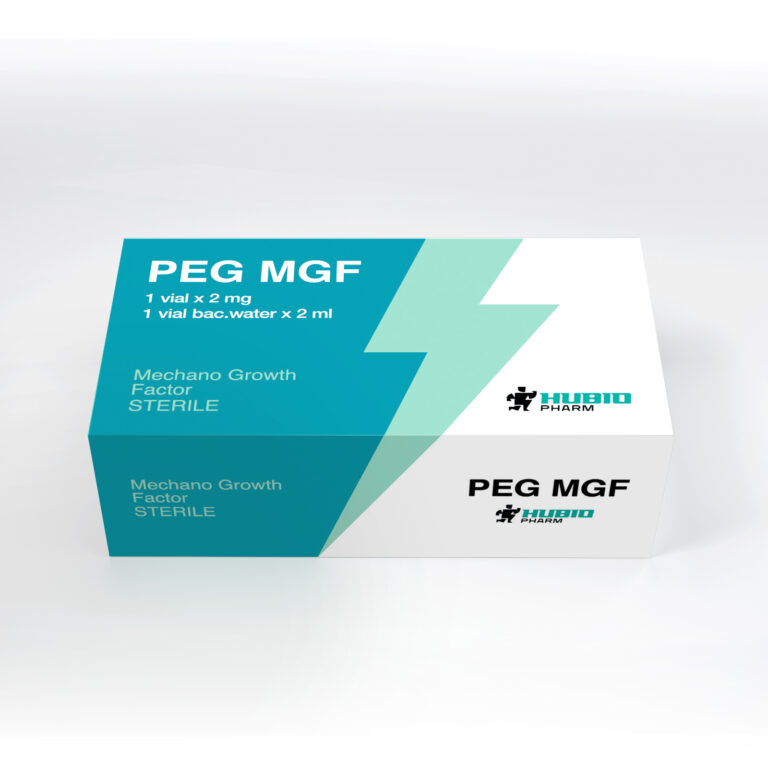- 1. Introduction: Understanding Peptides in Weight Loss Research
- 2. What is BPC-157?
- 3. How BPC-157 Supports Fat Loss Research
- 4. BPC-157 in the Context of Fat Burning Peptides
- 5. Why BPC-157 is Considered in Research as the Best Peptide for Fat Loss
- 6. Practical Considerations for Researchers
- 7. BPC-157 vs Other Fat Loss Peptides
- 8. Conclusion
- 9. FAQ (Schema-Ready)
1. Introduction: Understanding Peptides in Weight Loss Research
In recent years, peptides for fat burning have become a major focus in laboratory research. Scientists are investigating how specific peptides can influence muscle growth, tissue repair, and fat metabolism. Among these, BPC-157, also known as Body Protection Compound-157, stands out due to its wide-ranging regenerative and metabolic effects.
BPC-157 is primarily studied for tissue repair and angiogenesis, but emerging research suggests it may also play a role in supporting fat metabolism, making it a key contender among the best peptides for muscle growth and fat loss.
Note: BPC-157 is strictly for research use only. It is not approved for human consumption or clinical weight loss.
2. What is BPC-157?
BPC-157 is a synthetic peptide derived from a naturally occurring protein in the stomach. Its main functions in laboratory studies include:
- Accelerating muscle and tendon repair
- Promoting angiogenesis, the growth of new blood vessels
- Supporting tissue regeneration and inflammation reduction
These mechanisms make it an essential peptide in experimental studies focused on muscle preservation during fat loss. Research indicates that BPC-157 can complement other fat burning peptides by maintaining muscle integrity while exploring metabolic effects.
3. How BPC-157 Supports Fat Loss Research
While BPC-157 is not directly a fat-burning agent, studies in preclinical models suggest several ways it supports weight loss research:
3.1 Muscle Preservation
One challenge in fat loss studies is preventing muscle loss. BPC-157 contributes to faster muscle recovery and satellite cell activation, ensuring that lean tissue is preserved while fat metabolism is studied.
3.2 Enhanced Blood Flow
BPC-157 promotes angiogenesis, which improves nutrient and oxygen delivery to tissues. Better circulation can potentially enhance lipid metabolism in laboratory models, making it a valuable peptide in fat loss research.
3.3 Synergy with Other Peptides
When combined with other peptides like IGF-1 LR3 or PEG-MGF, BPC-157 helps researchers evaluate multi-pathway approaches to fat loss and muscle growth. This makes it a critical component of peptides for fat burning studies.
4. BPC-157 in the Context of Fat Burning Peptides
In research, scientists often categorize peptides into fat metabolism enhancers and muscle-protective agents. BPC-157 fits into the muscle-protective and regenerative category, working synergistically with fat metabolism peptides.
Some of the commonly studied peptides for fat loss include:
- PEG-MGF: Supports localized muscle repair during weight loss studies.
- IGF-1 LR3: Stimulates systemic muscle growth while exploring metabolic effects.
- BPC-157: Maintains muscle integrity and promotes recovery, indirectly supporting fat loss research.
Together, these peptides provide a comprehensive laboratory model for studying weight reduction and tissue preservation.
5. Why BPC-157 is Considered in Research as the Best Peptide for Fat Loss
Although BPC-157 alone is not a fat-burning agent, its benefits in supporting weight loss protocols are significant:
- Prevents muscle degradation during calorie deficit studies
- Enhances recovery, allowing researchers to observe metabolic effects without confounding muscle injury
- Works in combination with best injectable peptides for weight loss, maximizing experimental outcomes
This synergy is why BPC-157 is often cited alongside other peptides to lose fat in research literature.
6. Practical Considerations for Researchers
When using BPC-157 in laboratory research, it is important to follow best practices:
- Storage: Lyophilized BPC-157 should be kept at -20°C
- Reconstitution: Use sterile water or appropriate buffers for peptide studies
- Dosage: Follow published protocols for in vitro or in vivo research
- Compliance: Strictly for research use, not human administration
Researchers using BPC-157 alongside fat-burning peptides can better understand muscle-sparing mechanisms during weight loss experiments.
7. BPC-157 vs Other Fat Loss Peptides
| Peptide | Primary Role | Fat Loss Research Application |
|---|---|---|
| BPC-157 | Muscle preservation & recovery | Supports weight loss studies by maintaining lean mass |
| PEG-MGF | Localized muscle repair | Enhances regeneration during fat metabolism studies |
| IGF-1 LR3 | Systemic anabolic signaling | Supports lean muscle during calorie restriction |
| TB-500 | Tissue repair & cell migration | Aids recovery, indirectly supporting metabolic studies |
This table highlights the complementary role of BPC-157 when studying fat loss in research models.
8. Conclusion
BPC-157 is a vital peptide for researchers studying weight loss and muscle preservation. Its ability to enhance recovery, protect lean tissue, and synergize with other fat burning peptides makes it a key component in experimental protocols.
Laboratory researchers focusing on muscle growth and fat loss often include BPC-157 as part of a multi-peptide approach, ensuring reliable and reproducible outcomes in weight reduction studies.
For research use, explore BPC-157 Peptides, one of the most effective options in the best peptides for muscle growth and fat loss research.
9. FAQ (Schema-Ready)
Q1: What is BPC-157 used for in weight loss research?
A1: BPC-157 is primarily used to protect muscle tissue, enhance recovery, and support experimental fat loss protocols.
Q2: Is BPC-157 a fat-burning peptide?
A2: Indirectly. While BPC-157 does not directly burn fat, it supports muscle preservation and synergizes with fat-burning peptides for research.
Q3: What are the best peptides for fat loss research?
A3: BPC-157, PEG-MGF, IGF-1 LR3, and TB-500 are widely studied for their complementary roles in muscle preservation and metabolic research.
Q4: Can BPC-157 be used in humans for weight loss?
A4: No. BPC-157 is strictly for research use only and not approved for human or veterinary use.




